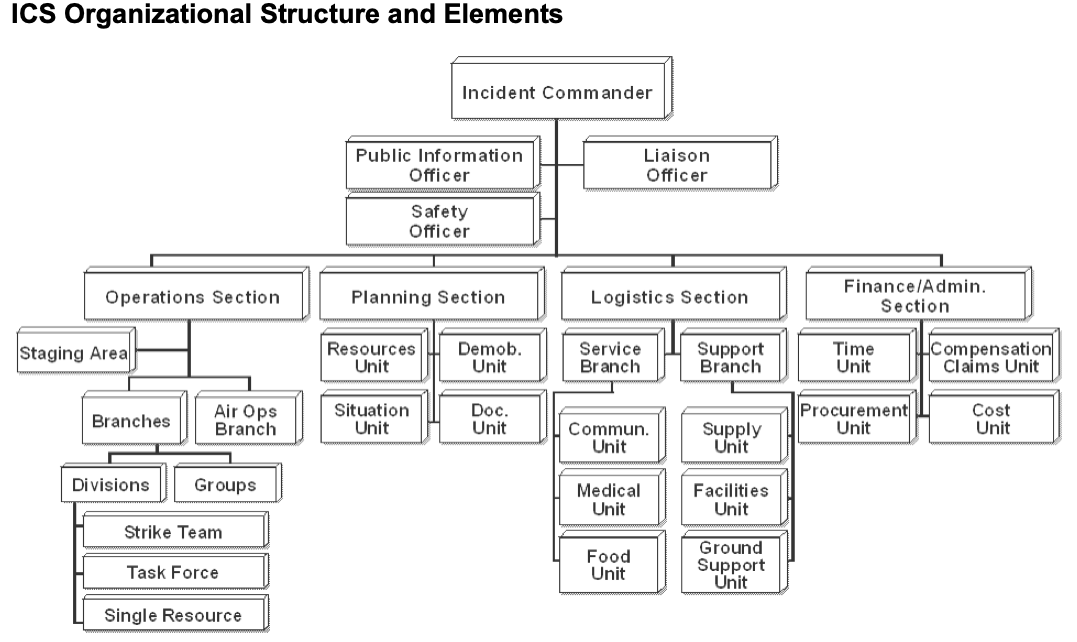The Frozen State
I had not thought that driving people from cold apartments to warming centers could have unintended consequences, but its easy to fuck up helping people. If you are frustrated with the way the government does things, direct action is attractive. No cumbersome bureaucracy to misunderstand or force people into heartless categories. By sacrificing compensation, you gain efficiency and maybe even promote a culture of generosity and mutual aid based on real human relationships. You find someone who needs help and you help them. Beyond my own street, I was unable to locate this experience.
Truthfully, I wanted some authorized arm of the state to coordinate my actions so I could know I was going where I was most needed and be coordinated with others. At some point, I figured, the National Guard would show up and be in charge. There would be some kind of executive with access to better information and resources than me and my Facebook friends sliding around town, unable to stay indoors any longer.
I'm a member of Texas Search and Rescue (TEXSAR). Throughout the freeze and subsequent water crisis, TEXSAR manned a few food pantries throughout the state and later helped deliver drinking water, but participating in those missions would have meant leaving Austin, driving on the interstate, and possibly being stranded. There seemed to be a lot of people who needed help within a mile of me. I kept waiting for my phone to tell me that search and rescue missions were deploying, but to deploy, TEXSAR must be requested by a government agency. Police didn't seem able to keep up with 911 calls if they were even able to drive in to work. It's the same for us, we don't deploy to places we can’t get to safely, and many of us couldn't safely leave our homes for a while. In the first few days, when the temperature stayed down, I didn't see any police cars, fire trucks, or ambulances. Not at homeless encampments, not at dark apartment complexes, not at cars that spun off the road.
As a ground search technician, I completed a few FEMA courses that explained how the National Incident Command System works. For a crisis like this, there should be a multi-agency system with a single chain of command leading to an Incident Commander. Beneath that person, as part of their command staff, there should be a Public Information Officer, who, in an emergency of this size, would have their own staff. The Public Information Officer coordinates with the media and ensures that the community has a clear understanding of what has happened, what is being done, and what they need to do. I was unable to find any evidence of the existence of this person or this team. Possibly, had I watched network news stations long enough, I might have caught someone in a polo shirt claiming to be the clearinghouse for all public crisis information, but I couldnt find them on twitter, facebook, instagram... Various politicians livecasted but none of them seemed to be in control of much or to know more than anyone else. Having been trained and participated in emergency operations, I thought I might have an inside line but I didn't.
In a scene that could have been in Dr. Strangelove, the Electric Reliability Council of Texas livecasted their emergency board meeting, where they voted to increase electricity prices, to a state filled with stranded, hungry, shivering people. The idea was that, since the grid was run as a series of private investments in an open market for electricity as a commodity, they could increase production by allowing the cost to increase. Rage kept many of us warm.
I did find one organization in Austin that was actively coordinating volunteers to help cold and hungry people: the Austin Mutual Aid Society. They had a kitchen up and running downtown that was making hot food to be delivered. Micheal, who had been driving people to warming centers, had also been delivering to their kitchen, which put out continuous calls for drivers and ingredients, but finding ingredients when every grocery store was shut down required resourcefulness and an open mind.
This essay series is part of a project to document Texan’s experiences during the 2021 freeze. Do you have a story to share about the 2021 Texas freeze? Share it with my publication, Freeze Stories, on Medium. If its not filled with filth, I’ll publish it. Ok, I’ll publish it even if its filled with filth.